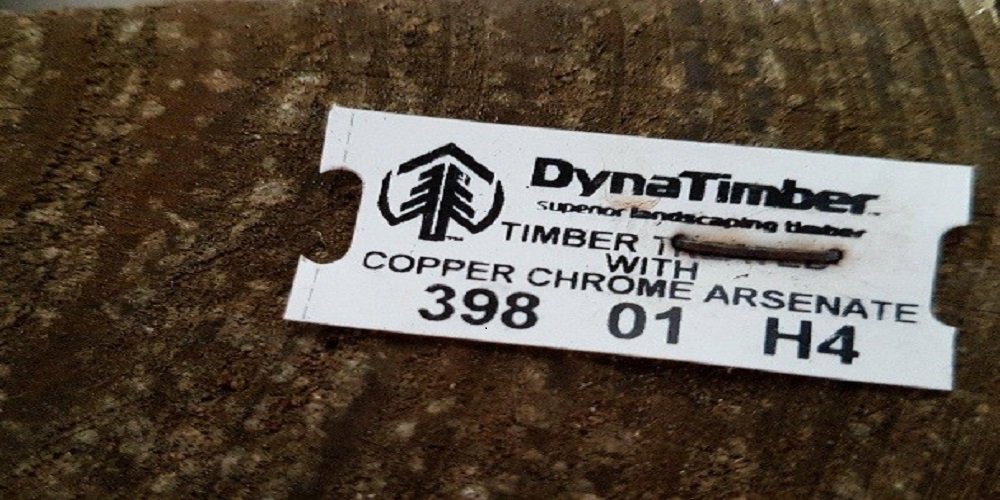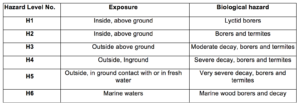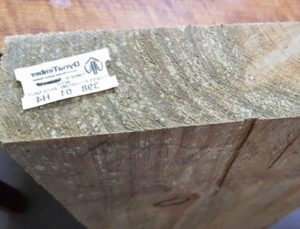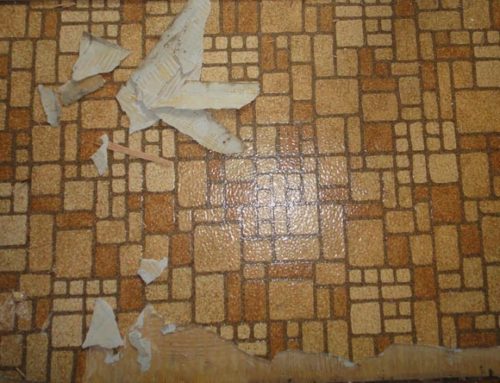All timber used in construction is specially treated to ensure structural durability and longevity – pretty important stuff. But, did you know that there is no compliance standard or national body that oversees the treatment process?
Instead, treatment plants undergo self-checking, meaning it’s up to them to decide whether or not their timber is fit for use.
I recently learnt a bit about this scary fact at a Timber Queensland presentation. Here’s a bit more information.
The ‘Timber Durability and Preservation’ Conference
I recently attended a Timber Queensland presentation at the Victoria Golf Club, Brisbane. The theme of the conference was ‘Timber Durability and Preservation.’
The venue was filled with certifiers, building surveyors, engineers, and fellow builders, all looking to increase their awareness of new products and processes involving timber durability and treatment.
Levels of timber treatment
One of the most interesting topics discussed was the levels of timber treatment, and each level’s recommended location for use.
The table below outlines the different hazard levels of timber treatments, where they are suitable for use, and the biological hazards they pose.
These are pretty specific guidelines, and the misuse of treated timber can result in structural faults and other nasty consequences. More on that below.
Timber treatment in Australia
Incredibly, although there are over 100 timber treatment plants in operation in Australia, there is no national standard or governing body ensuring all timber is treated properly. Instead of a third-party testing the accuracy of a claimed treatment, the facilities operate a self-checking process.
Unfortunately, this could result in treatment plants over-promising and under-delivering on their timber, which may have dire consequences. After all, the treatment of timber is an integral part of the structure of a building and its lifespan.
Surely, it’s time for the Government to begin a national compliance system of spot-checking to provide the building industry with confidence that our timber is being treated correctly.
What happens if the timber isn’t treated as labelled?
Choosing the right timber for the job is essential, and as builders, we rely on the label to tell us which timber is suitable for which specific use. If the label doesn’t match up to the timber, or if the treatment process was not carried out properly, the consequences could be dire:
- The structural quality of the construction work may be compromised, resulting in a weaker build.
- The treatment may pose an unknown biological hazard, which could harm us or our environment.
- The timber may not hold up to specific environmental conditions, reducing the building’s lifespan.
Timber Queensland’s recommendations
Because there are no national timber standards, Timber Queensland strongly recommends that all treated timber is logged into a central place.
That way, if the timber doesn’t behave as expected, or there is any other issue, builders or retailers know exactly who to contact.
Understanding timber treatment labels
A timber treatment label will look something like this:
Here’s how to interpret this information.
- XXX will be a 3-digit number indicating the company, treatment plant number, and place of manufacture.
- XX will be a 2-digit number indicating preservative number.
- HX will be an alphanumerical code indicating the hazard level of the preservative. See the table above.
- X will be an alphabetic letter indicating penetration, preservative or utilisation restrictions.
I think this is a good idea, and I hope it comes to fruition. It will certainly help reassure us as builders that we are getting timber that lives up to the promise on the label, and it will help us know who to contact if there are any issues.
Get Help with Your Building Project
When it comes to your home, you want the very best. You need builders that keep up with the latest trends and innovations in the industry. RMW Built does exactly that. We always use suitably treated timber on our builds, and we are committed to supporting the industry to ensure standards are maintained by all. We love what we do, which is why we focus on quality products and quality workmanship for our clients. We never cut corners to cut costs. Get in contact today on 07 3395 3641 or complete our quest request form here if you’d like a chat about your next renovation project.







